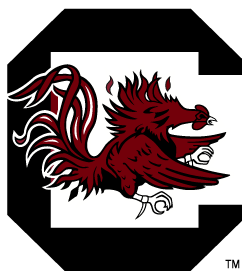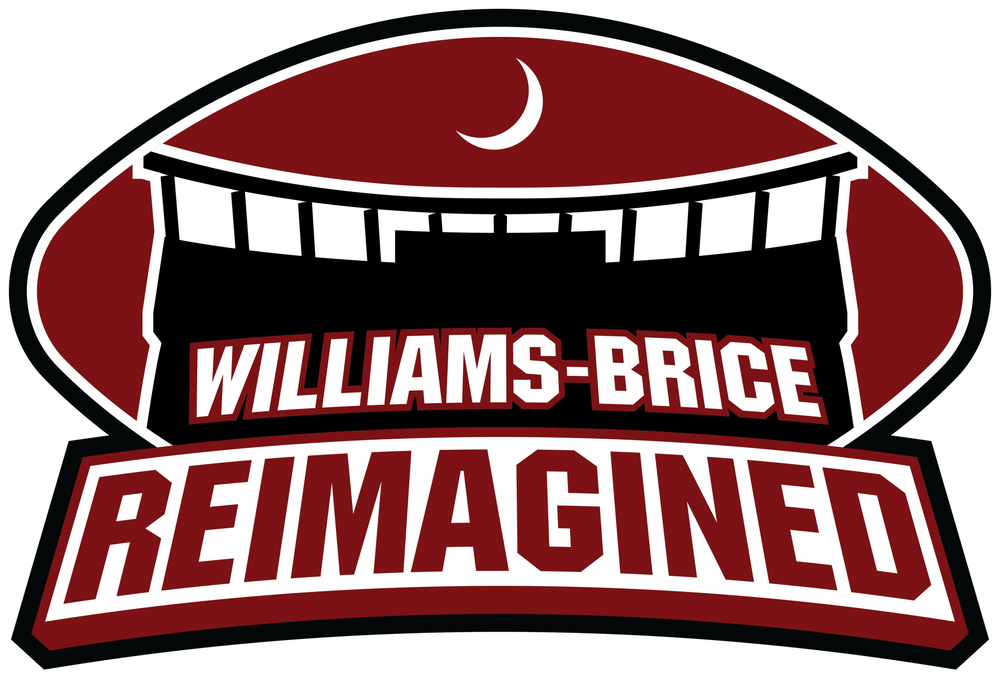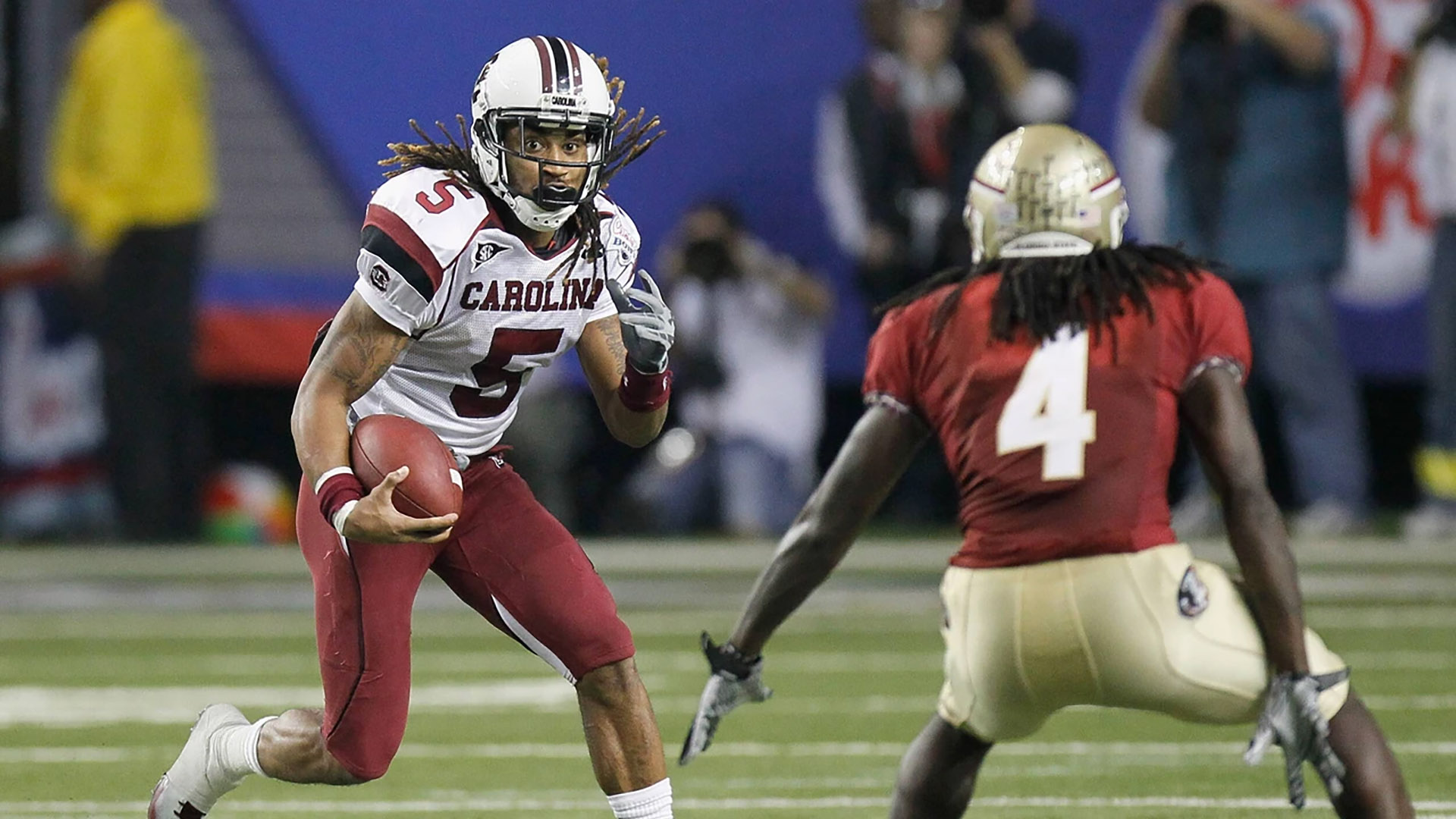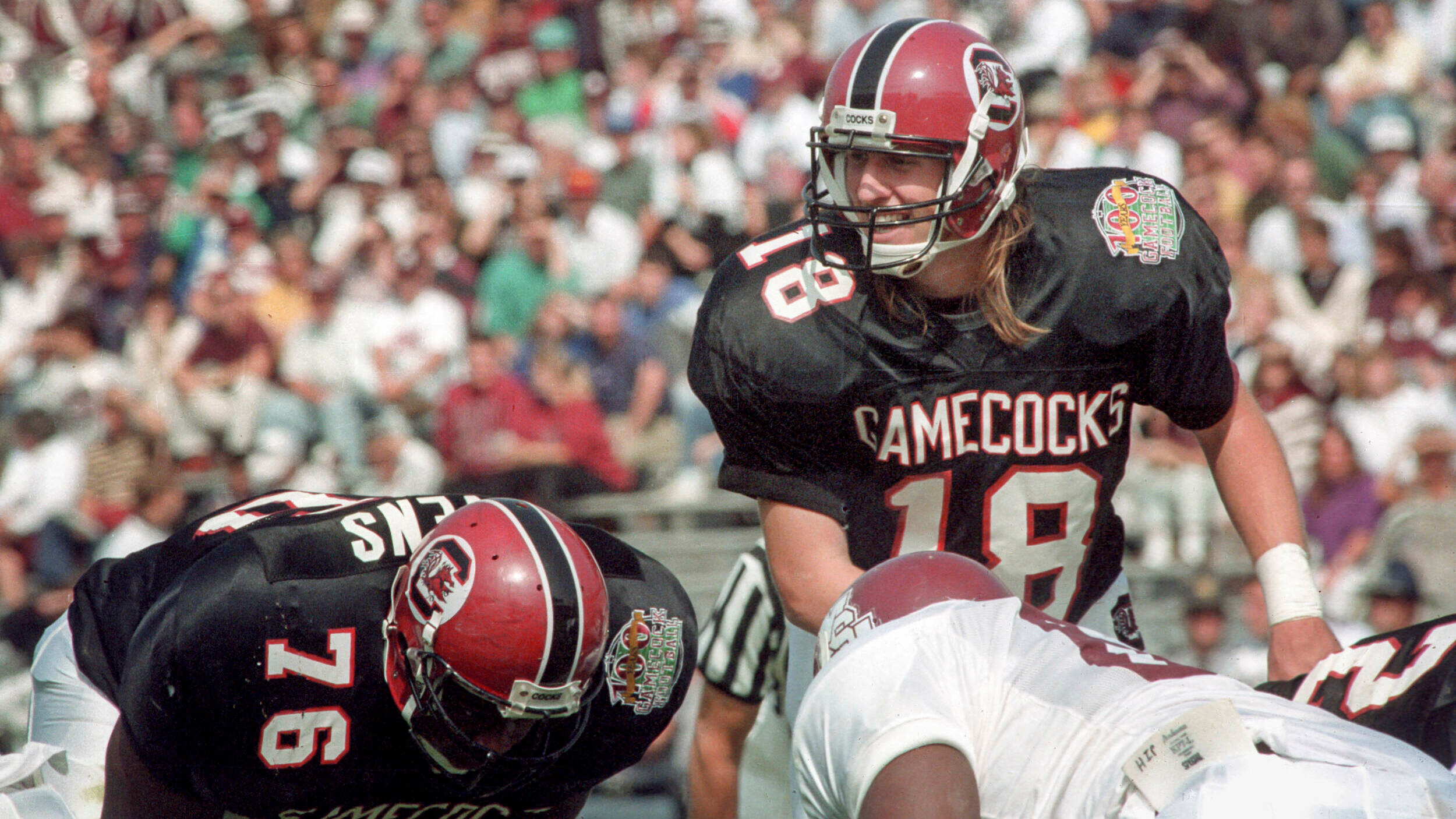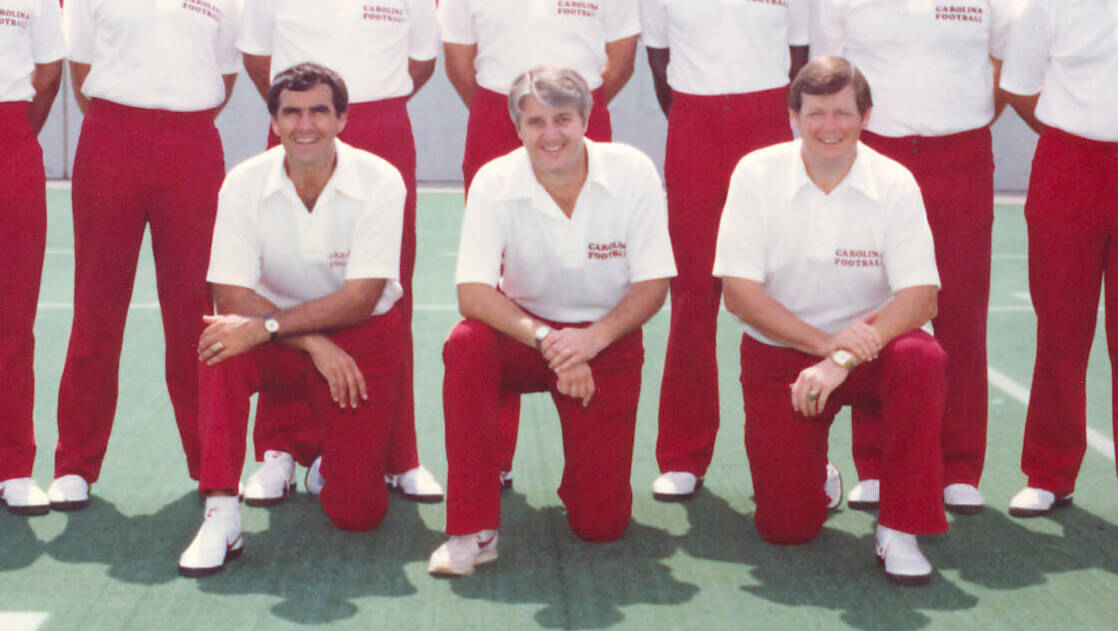Aug. 25, 2014

If you follow South Carolina football, you know Tommy Suggs. Regarded as one of the school’s all-time greatest quarterbacks who played for the garnet and black from 1968-1970, Suggs may be more familiar to generations of fans as the color analyst for South Carolina’s radio broadcast for the last 40 years. As he begins his fifth decade behind the microphone, the 65 year old president and CEO of KeenanSuggs still has as much passion and excitement for South Carolina as the student section bouncing around to “Sandstorm.”
“It’s a lot of fun when you’re winning 11 games three years in a row,” Suggs said. “But it’s always fun. Over the years I’ve seen a lot of tremendous wins, gut-wrenching losses, great venues, and all the special things that keep you engaged.”

Suggs and his wife, Jane, have been involved in philanthropic efforts for the university for many years, and there is a mutual respect between he and university administrators.
“He’s a part of the family,” said athletics director Ray Tanner. “If Tommy wants to share something with me, question something that’s going on, or compliment something that’s happening, then I want to hear about it. It’s very much appreciated. I take the opportunity on occasion to ask him how he feels about certain things or get his perception of difference situations.”
A Part of History
Suggs led the Gamecocks to the 1969 ACC Championship and a berth in the Peach Bowl. He was named MVP of the 1970 Blue-Gray All-Star Classic and was inducted into the University’s Athletic Hall of Fame in 1989 and South Carolina State Hall of Fame in 1983. Suggs may also be famous for something fans won’t find in any of the record books as he explains he first pitched the idea for the iconic “2001” entrance for the Gamecocks after seeing Elvis Presley enter the stage to theme music at a concert in the Carolina Coliseum in the 1970s.
“I initially brought the idea to coach (Jim) Carlen,” Suggs said. “He liked it. So for coach Carlen’s last year, in the final two games, the marching band played `2001,’ but nobody really heard it.”
Tommy Suggs
Following Carlen’s departure, Athletics Director Bob Marcum liked the idea, but the P.A. system at the time didn’t lend itself to create the intended effect, so it was put on hold until Joe Morrison took the reins for the Gamecocks and they were able to make it work.
As a player and broadcaster, Suggs has seen eight different head coaches patrol the sidelines for the Gamecocks, and he has been a part of some of the greatest moments in South Carolina football history.
“The two most emotional years of my career were George Rogers’ last year and Steve Spurrier’s first year,” Suggs said. “They proved that you could win the Heisman here and you could win a lot of football games here.”
Last year’s overtime win at Missouri is also among his recent favorites, while the 2005 victory over Florida during Steve Spurrier’s first season with the Gamecocks also sticks out because Suggs felt it quieted critics who doubted whether the Head Ball Coach could win at South Carolina. Looking further back, the Heisman Trophy year for Rogers in 1980 provided numerous lasting memories.
“Beating Michigan in Michigan with George Rogers was something special,” Suggs said. “We had about an hour and half rain delay coming home. When we finally came through the airport, it was just pandemonium with thousands of fans out there. That same year, we played at Southern Cal. We didn’t win the ball game, but you had George Rogers on the field for South Carolina, and Marcus Allen and Ronnie Lott on the field for Southern Cal. I remember George breaking it off tackle in the fourth quarter for a score, and a lot of folks would say later that it was the run that sealed the Heisman Trophy for him because it got the west coast press on his side.”
The Football Family
For many folks, the opportunity to witness all of those great moments would be enough, but Suggs explains that the most rewarding part of his job is all about the athletics family of which he has had the privilege to be a part for so long. That family included the late Bob Fulton, the legendary play-by-play voice of the Gamecocks for 43 years. Suggs takes pride in working with Fulton for more than 20 years.
“He was special,” Suggs said. “He was a great mentor of mine and was very patient with me in my beginning years on the radio because I didn’t know what I was doing. He helped me a lot. We became really good friends and had a lot of fun. Bob had a great sense of humor, and he loved Carolina.”
Suggs begins his 12th year sharing the booth with another former Gamecock signal caller, Todd Ellis, and the two share a mutual admiration.
“Tommy has a great understanding of current Carolina football success and how it got here because he’s such a historian of the program,” Ellis said. “He has a wonderful perspective, and the history lesson he is able to give every week is a great strength for our broadcasts. He helps me relax and have a good time. It’s important for me to do well, but he’s taught me that we can’t take ourselves too seriously.”
Deep Roots at South Carolina
For all that he has done on the field and in the broadcast booth, Suggs has been a great contributor behind the scenes for the university. He was instrumental in leading fundraising efforts for South Carolina’s ‘Garnet Way’ campaign, and is always looking for ways to make his alma mater stronger – on and off the field.
“No matter what Tommy does in his broadcasting career, that will be minimal compared to what he has given back to this university,” Ellis said. “He’s been a massive part of fundraising and planning and served as a sounding board for many people at the university. He’s interested in any building going up on campus and anything that shapes the game day experience. He thinks about the average fan at Williams-Brice Stadium and what can we do to help these people have a great experience.”
Tommy and Jane Suggs are always willing to engage others in philanthropy for the university, and he’s a man of action on anything that affects the university – no matter how small. When a recent lightning strike forced the removal of a tree on the Horseshoe, Suggs donated a new tree.
“It bothered me that the tree was missing,” Suggs said. “My son, Dan, came up with the idea. So I called the University, and we gave a tree. It had nothing to do with athletics. The university doing well academically and athletically is very important to us, Columbia and our state. I don’t think I’ve done anything any different than a lot of other people out there who care about where they went to school. The university has been a big part of my life and it always will be.”
